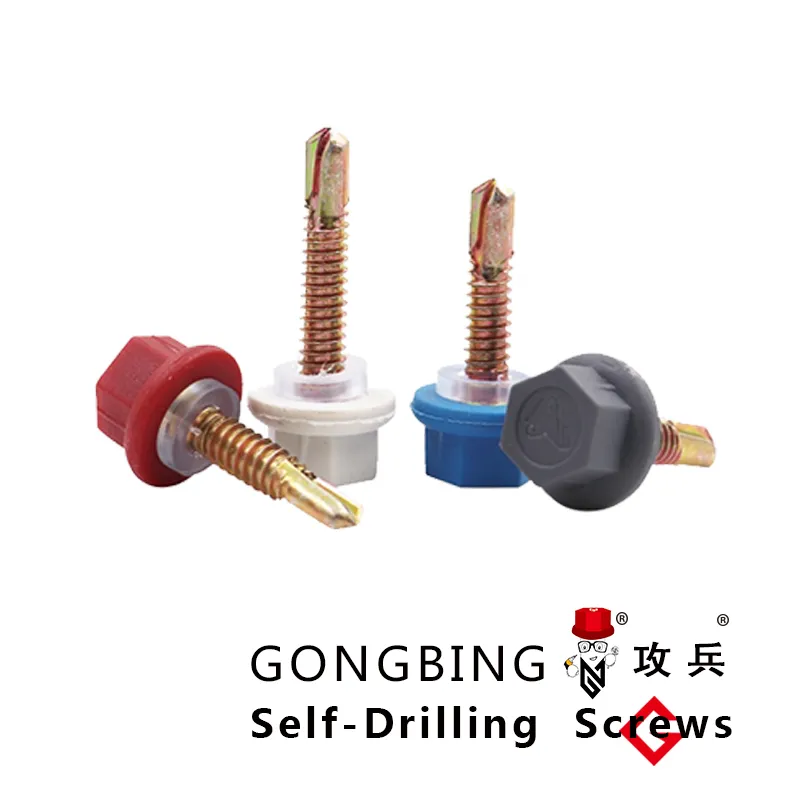chipboard screws 40mm
Understanding Chipboard Screws The Essential 40mm Fasteners
When it comes to woodworking and furniture assembly, choosing the right type of fasteners is crucial for the integrity and durability of the final product. Among the various options available, chipboard screws, particularly those measuring 40mm in length, have gained popularity for their effectiveness and reliability in joining particle board or chipboard materials. In this article, we will explore the features and applications of 40mm chipboard screws, as well as tips for their proper use.
What Are Chipboard Screws?
Chipboard screws are specialized fasteners designed specifically for use with chipboard or particle board. Unlike traditional wood screws, they feature a unique design that includes a coarse thread and a flat or pan head, facilitating a secure grip in the less dense composite material. The coarse threads enable the screws to bite into the chipboard more effectively, reducing the likelihood of splitting the material, which can often occur with standard screws.
Why Choose 40mm Chipboard Screws?
The 40mm length is particularly versatile for various construction and furniture assembly tasks. They provide a substantial grip without being excessively long, making them ideal for securing chipboard sheets together, attaching hinges, or creating sturdy joints in flat-pack furniture. The length ensures that the screw penetrates deep enough to achieve a secure hold while preventing damage to the visible surfaces of the chipboard.
One of the significant advantages of 40mm chipboard screws is their compatibility with a range of materials. They can effectively join sheets of chipboard to other chipboard pieces or even to plywood and MDF. This makes them an essential tool for both professional carpenters and DIY enthusiasts who work with various woodworking projects.
Features of High-Quality Chipboard Screws
When selecting chipboard screws, especially 40mm ones, consider opting for high-quality products. Look for screws made from durable materials, such as zinc-plated steel, which offers protection against rust and corrosion. This is particularly important for furniture that may be exposed to moisture or humidity over time.
chipboard screws 40mm

Additionally, many high-quality chipboard screws come with specialized threads and points that enhance their performance. For instance, 'self-drilling' or 'self-tapping' designs can reduce the need for pre-drilling pilot holes, speeding up the assembly process.
Tips for Using 40mm Chipboard Screws
1. Pre-drill When Necessary While many chipboard screws are designed to self-tap, pre-drilling can still be beneficial, especially in thicker materials or when working near the edges of the board. This helps to prevent splitting and ensures a clean, straight insertion.
2. Use the Right Drill Bit If you choose to pre-drill your holes, make sure to use a bit that matches the diameter of the screw’s core. This will help the screw to engage effectively.
3. Do Not Over-tighten Over-tightening chipboard screws can damage the board and may lead to a weakened joint. Tighten until snug and secure without forcing the screw any further.
4. Keep a Steady Hand Utilize a power drill with variable speed to maintain control while driving the screws. This will help in achieving an even and secure fit.
Conclusion
40mm chipboard screws are indispensable in the realm of woodworking and furniture assembly. Their unique design and specifications make them ideal for use with particle board and other composite materials, ensuring stability and reliability in your projects. By understanding the features and proper usage of these screws, you can elevate the quality of your work and ensure that every assembly is built to last. Whether you’re a seasoned carpenter or a weekend DIYer, having a supply of 40mm chipboard screws on hand is a wise investment in your toolkit.
-
Weatherproof Plastic Expansion Anchors for OutdoorNewsJun.06,2025
-
Sustainability in the Supply Chain: Eco-Friendly TEK Screws ProductionNewsJun.06,2025
-
Load-Bearing Capacity of External Insulation FixingsNewsJun.06,2025
-
Double Head Bolts: Enhancing Efficiency in Industrial MachineryNewsJun.06,2025
-
Corrosion Resistance in Chipboard Screws: Coatings for Wholesale DurabilityNewsJun.06,2025
-
Butterfly Toggle Bolts : Enhancing Structural ResilienceNewsJun.06,2025
